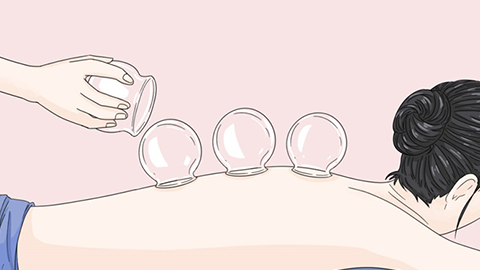After cupping therapy, is black and purple skin a sign of excessive dampness?
The black and purple skin discoloration after cupping may be related to excessive dampness in the body, or it could be caused by factors such as the intensity of cupping and the duration of cup placement. If abnormalities occur, it is recommended to seek timely medical advice. Detailed explanations are as follows:

When the body has excessive dampness, cupping causes localized skin heating, capillary dilation and rupture, and blood leakage accumulating under the skin, forming black and purple bruises. Individuals with excessive dampness often experience poor water-dampness metabolism and relatively sluggish circulation of qi and blood. During cupping, subcutaneous blood stasis becomes more apparent, and the black and purple discoloration may appear deeper and fade more slowly. This is often accompanied by symptoms of excessive dampness such as bodily heaviness and thick腻 tongue coating.
If the cupping pressure is too strong, the cups are left on the skin for too long, or the local skin is particularly sensitive, even individuals without excessive dampness may develop black and purple skin discoloration. Excessive pressure during cupping directly causes overexpansion and rupture of capillaries, while leaving the cups on for longer than normal durations exacerbates local blood stasis. Individuals with sensitive skin often have more fragile blood vessels, making bruising more likely. Additionally, variations in skin thickness at the cupping site can also affect the degree of black and purple appearance, which is not directly related to excessive dampness.
After cupping, one should pay attention to observing skin reactions. If the black and purple discoloration is severe and accompanied by pain or blisters, prompt treatment is necessary to prevent infection. Cupping should not be performed too frequently, and the appropriate pressure and duration should be selected according to individual conditions, ensuring scientific and reasonable operation.






